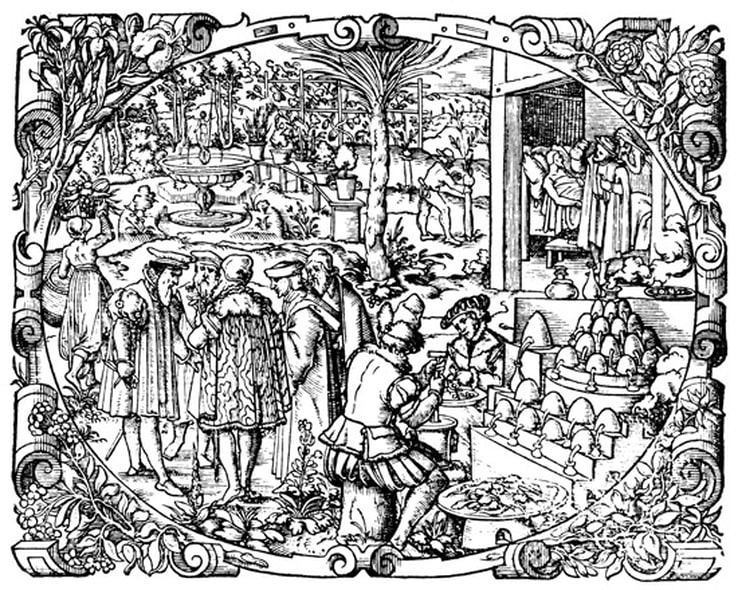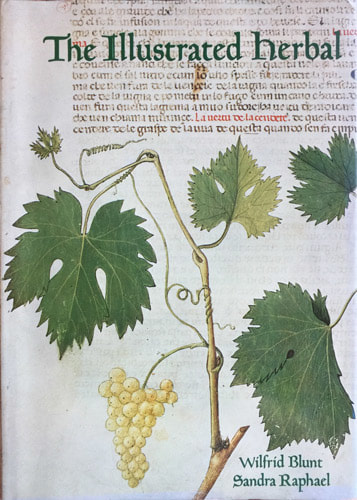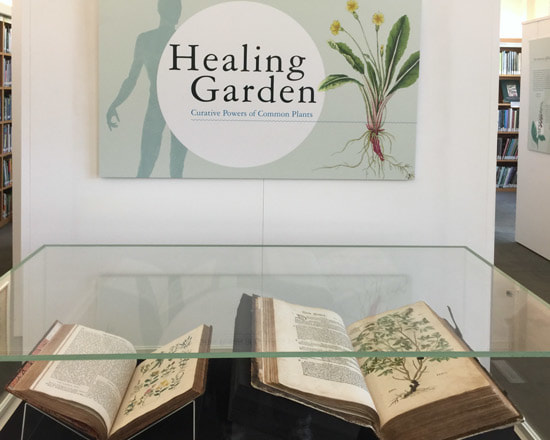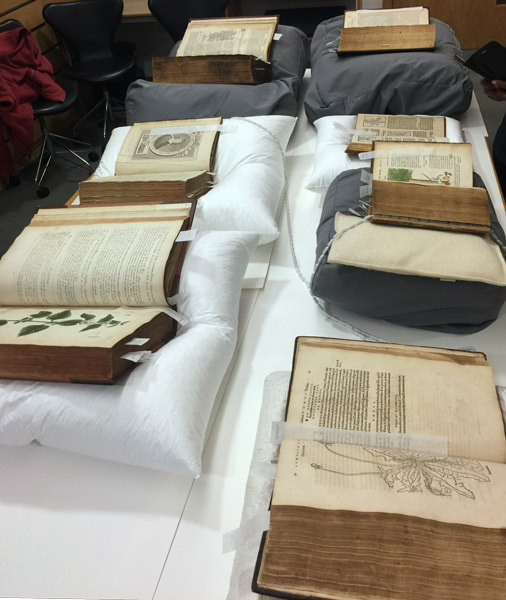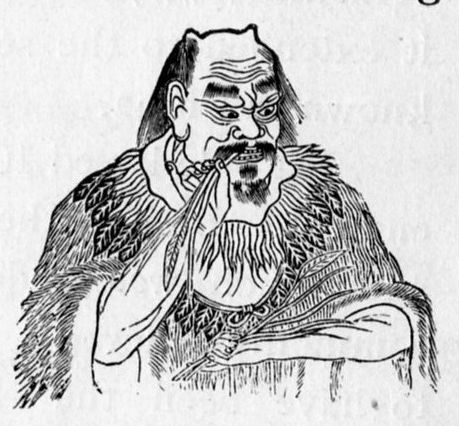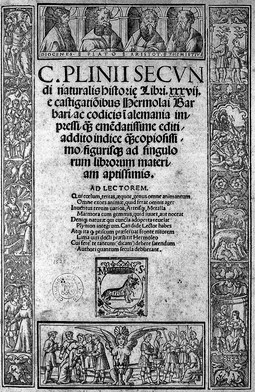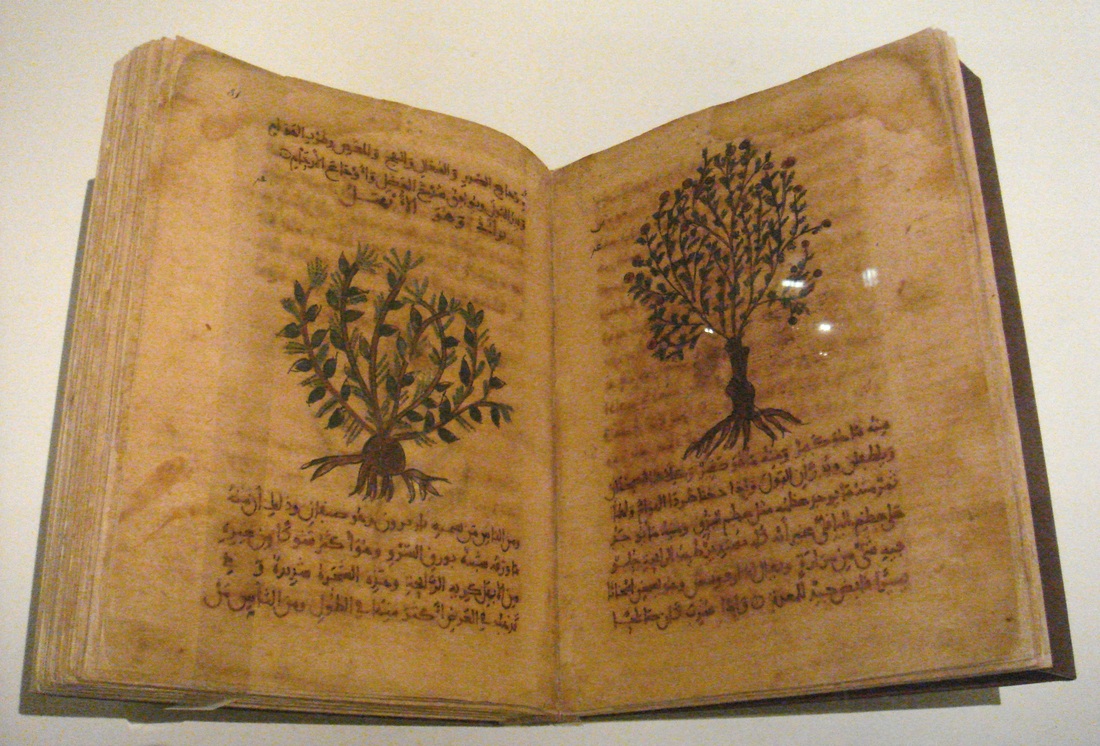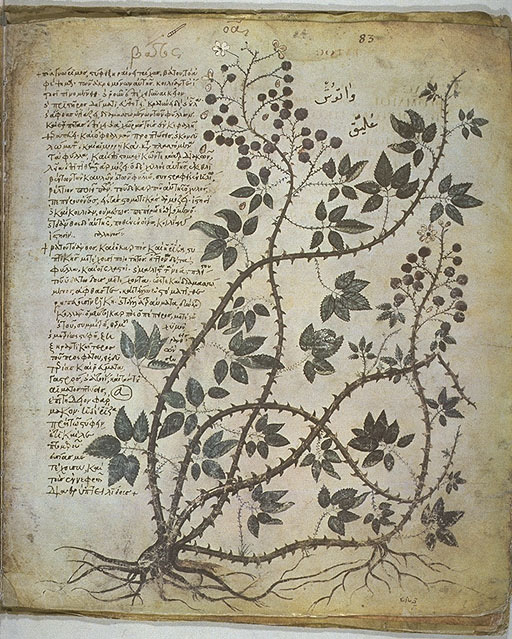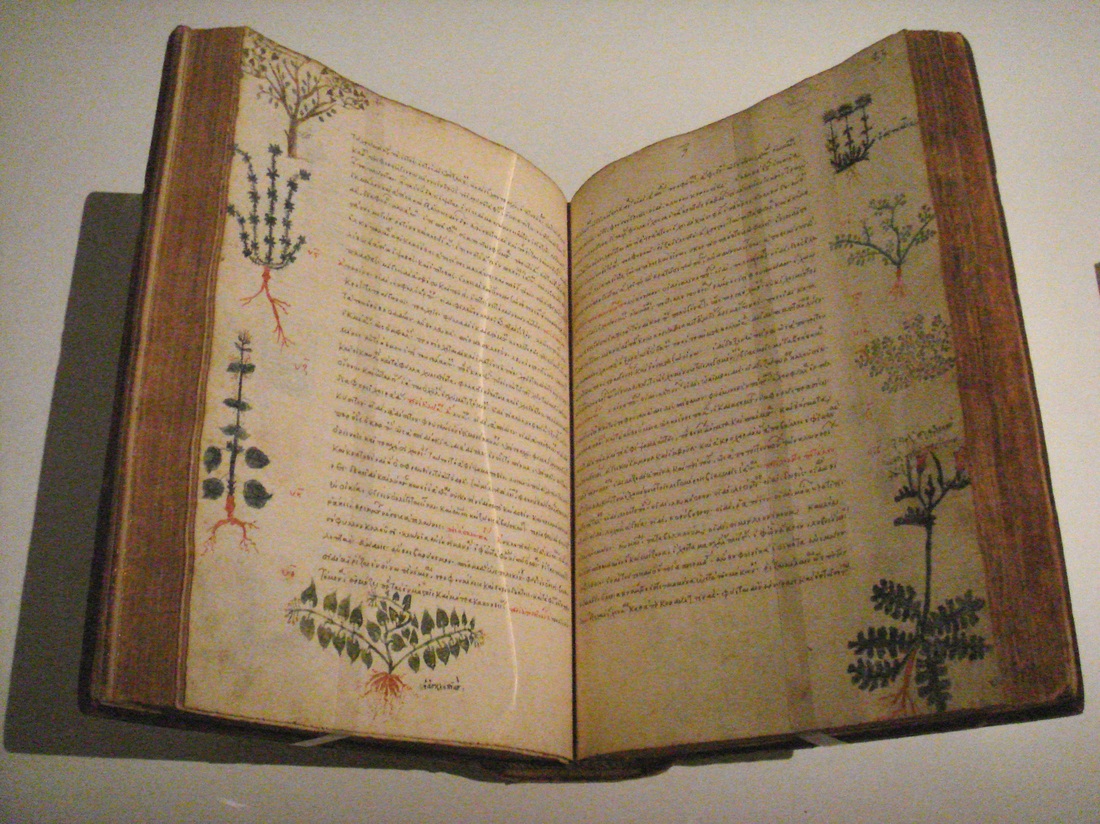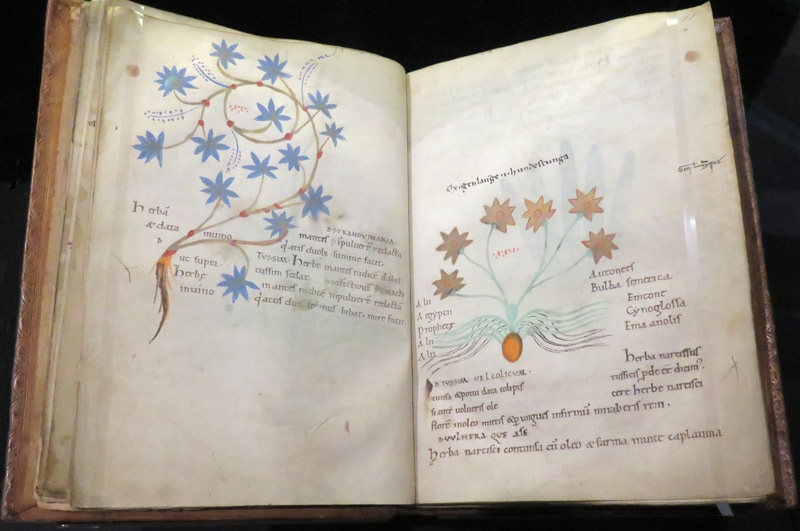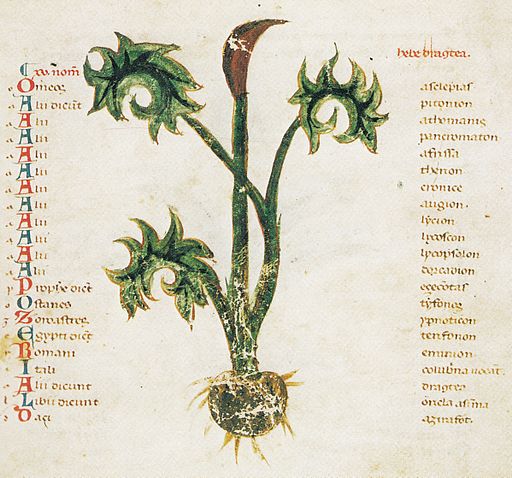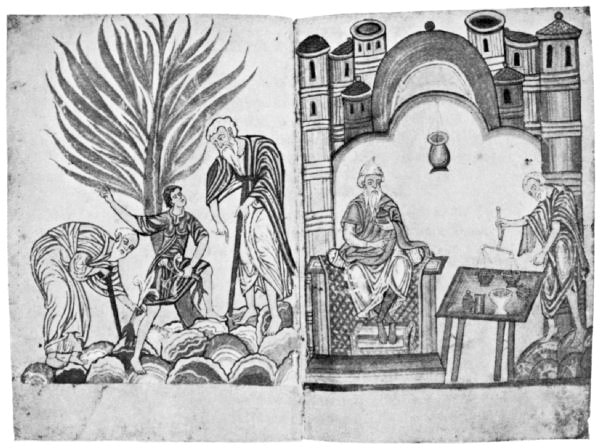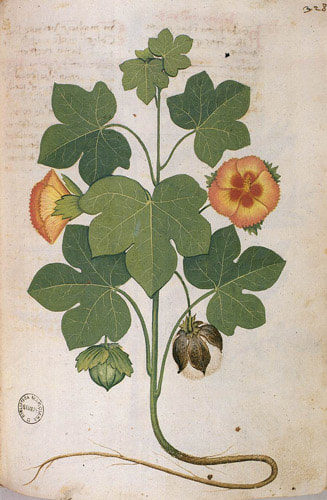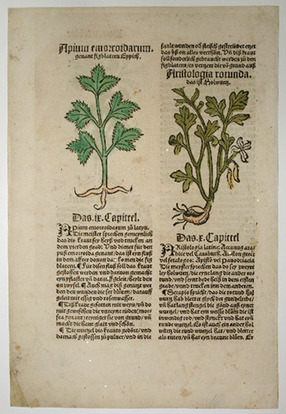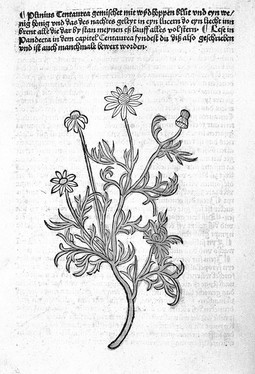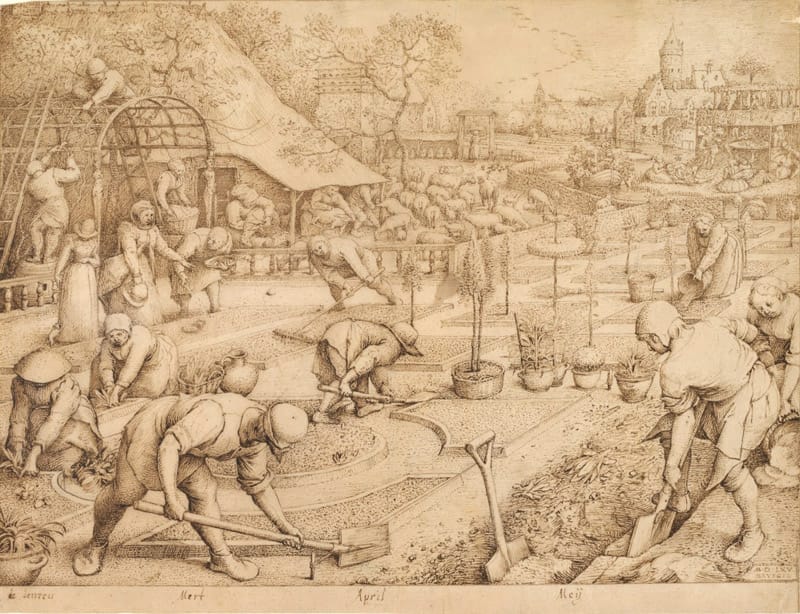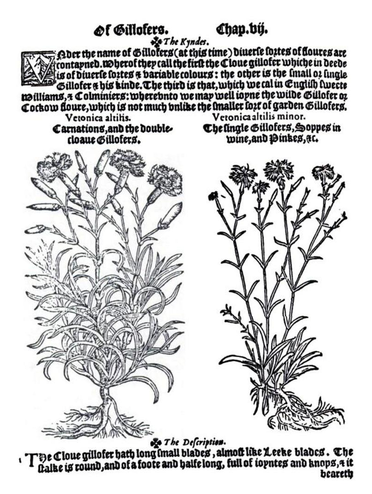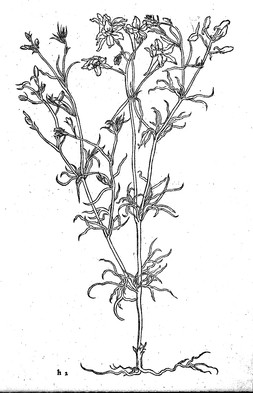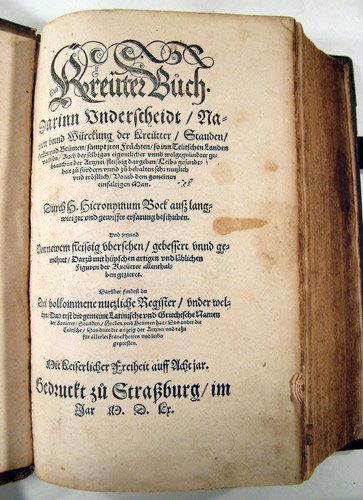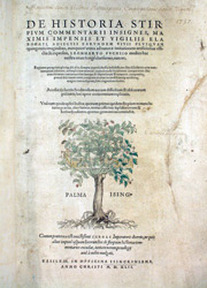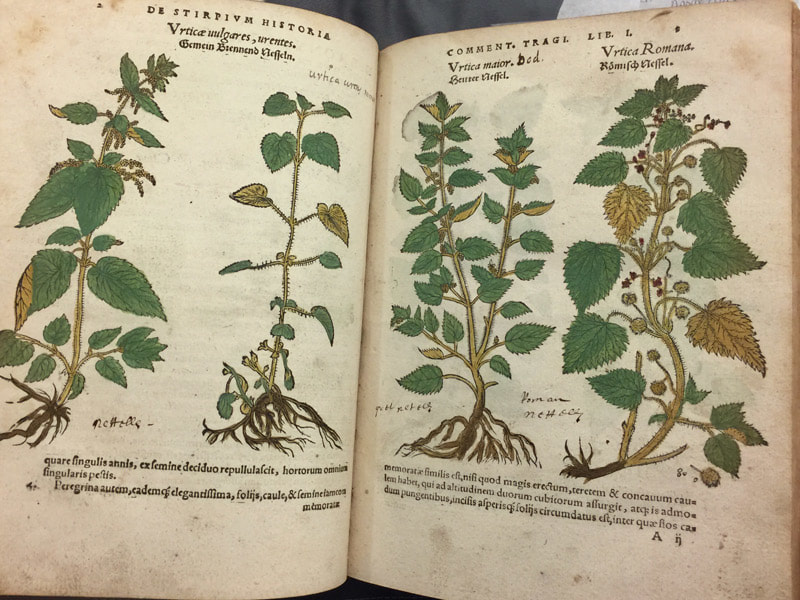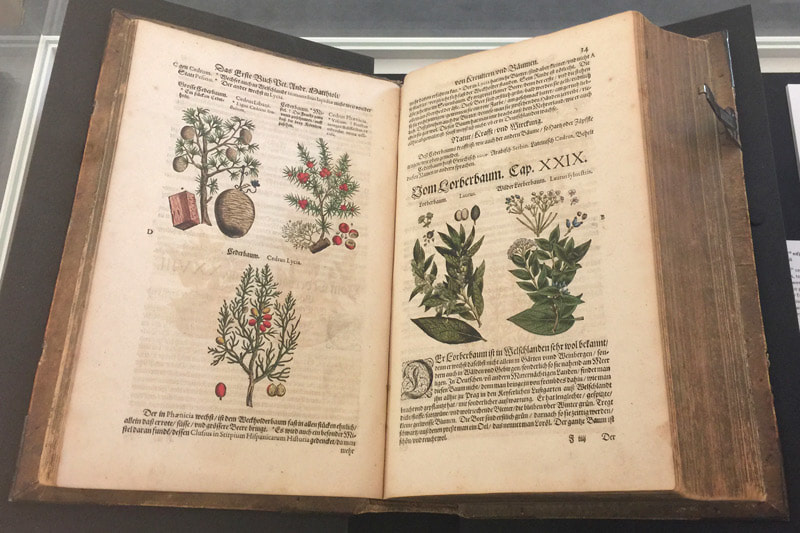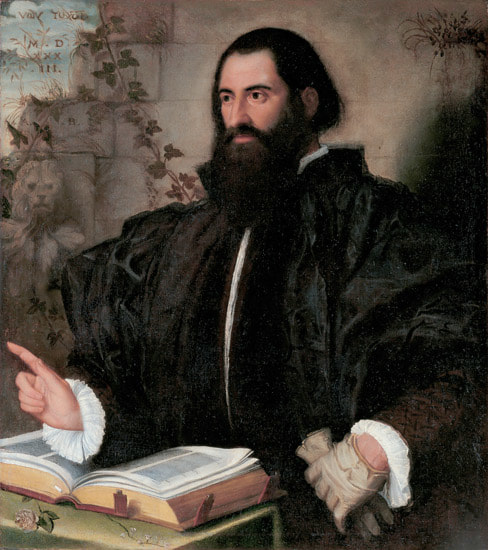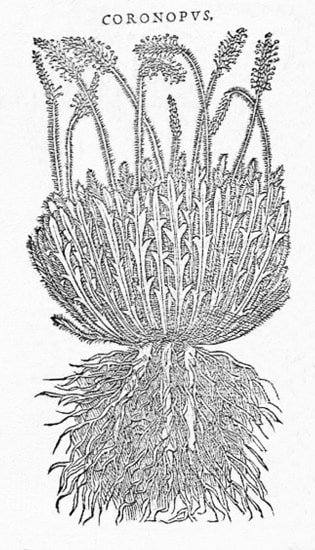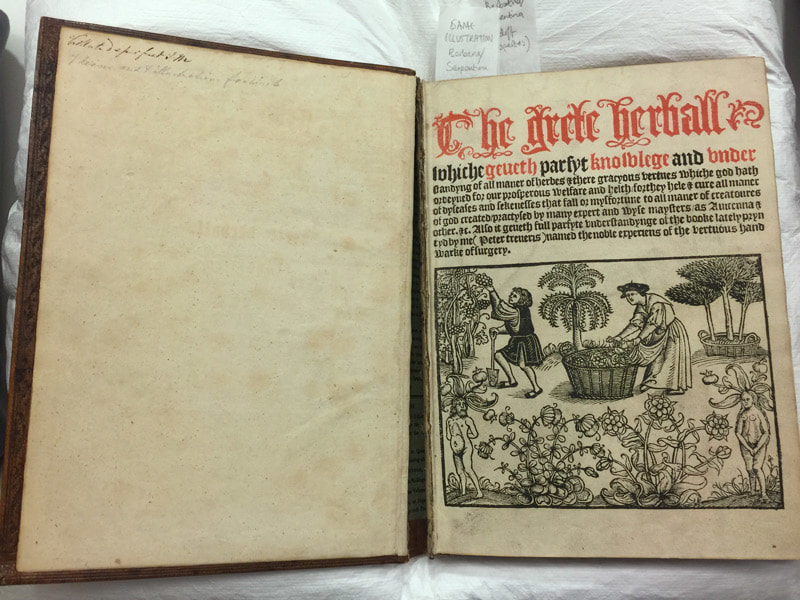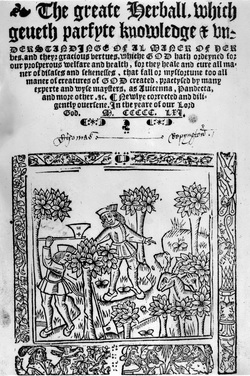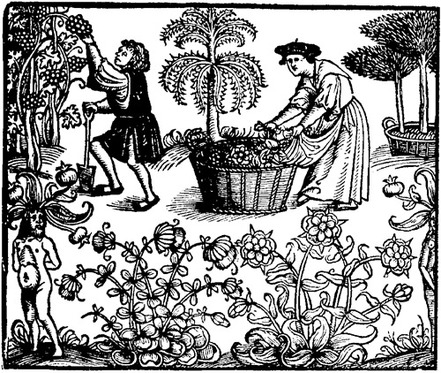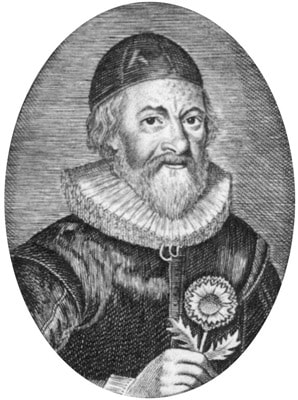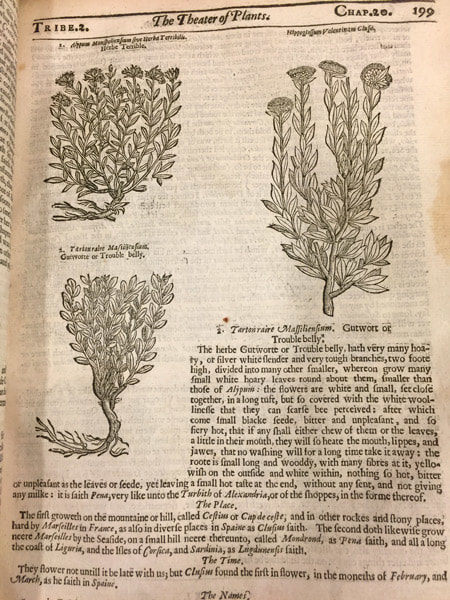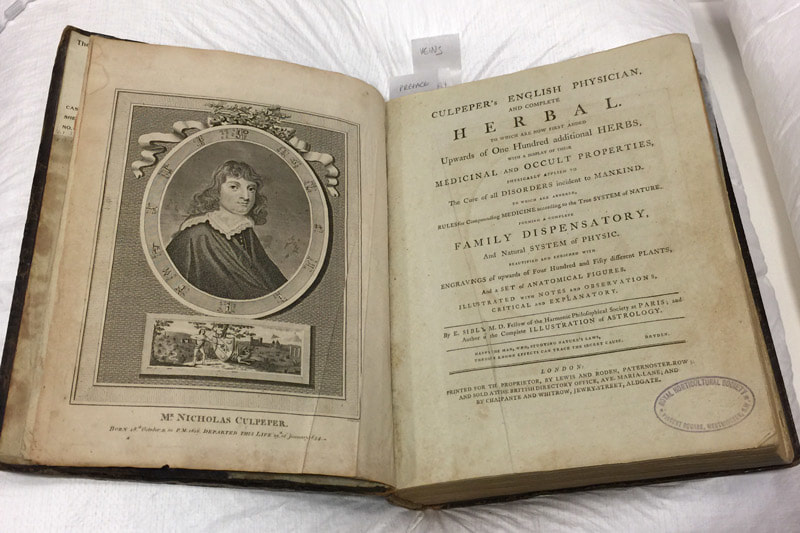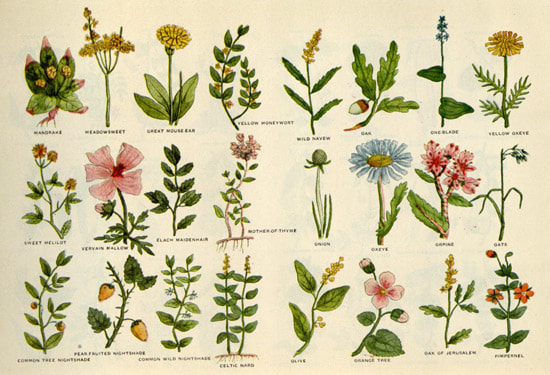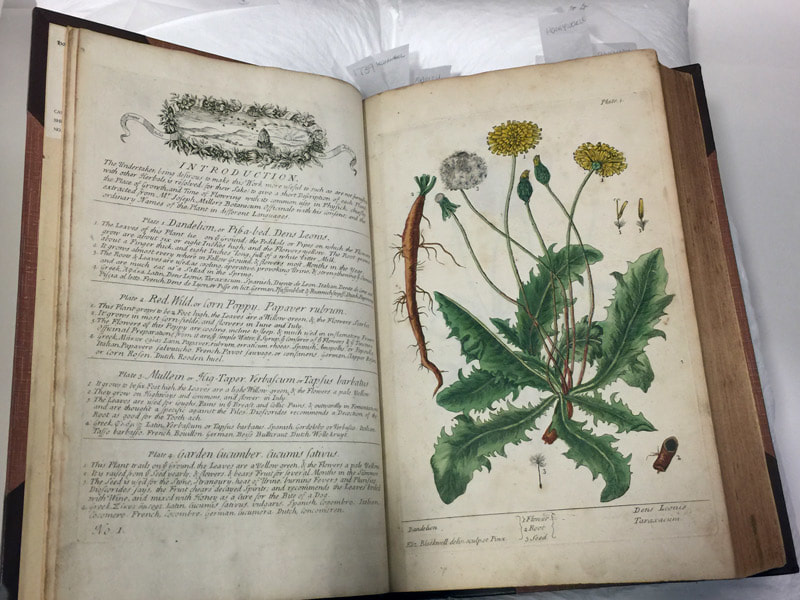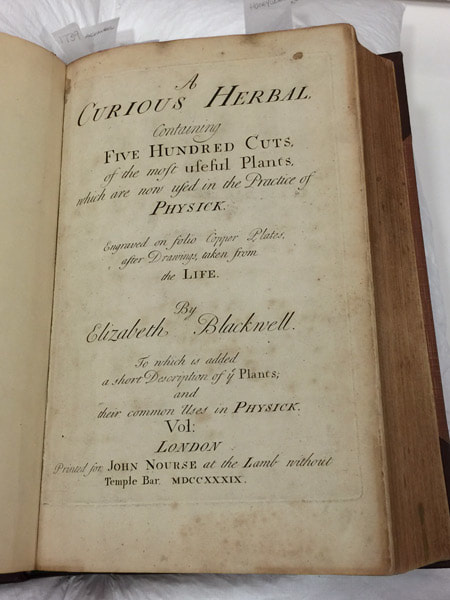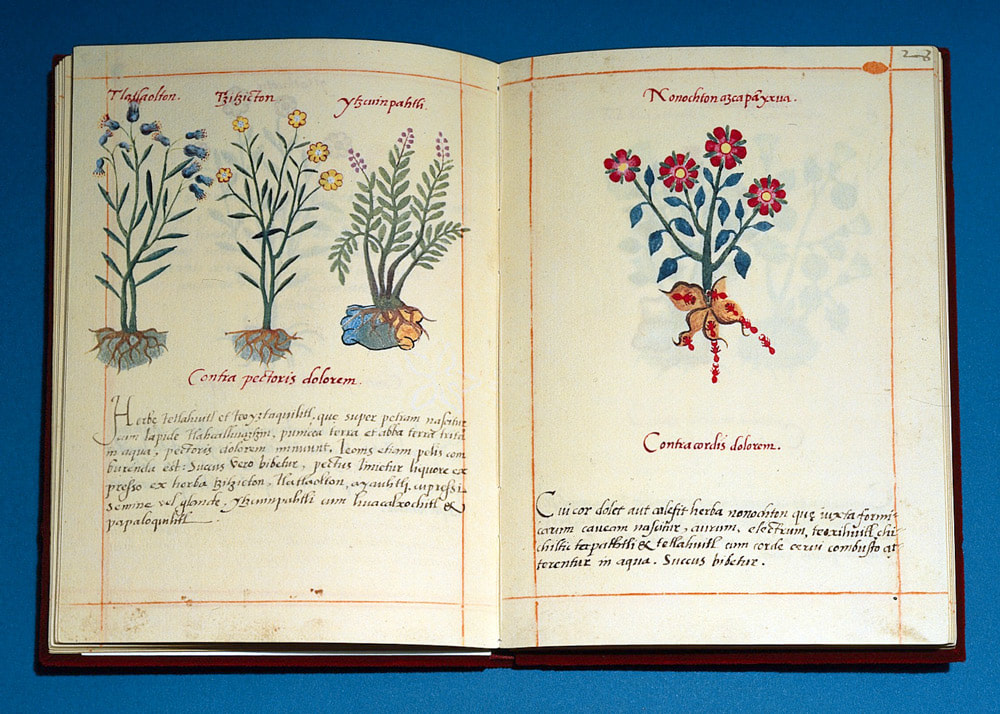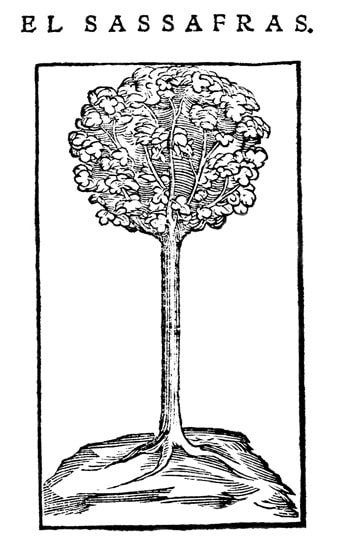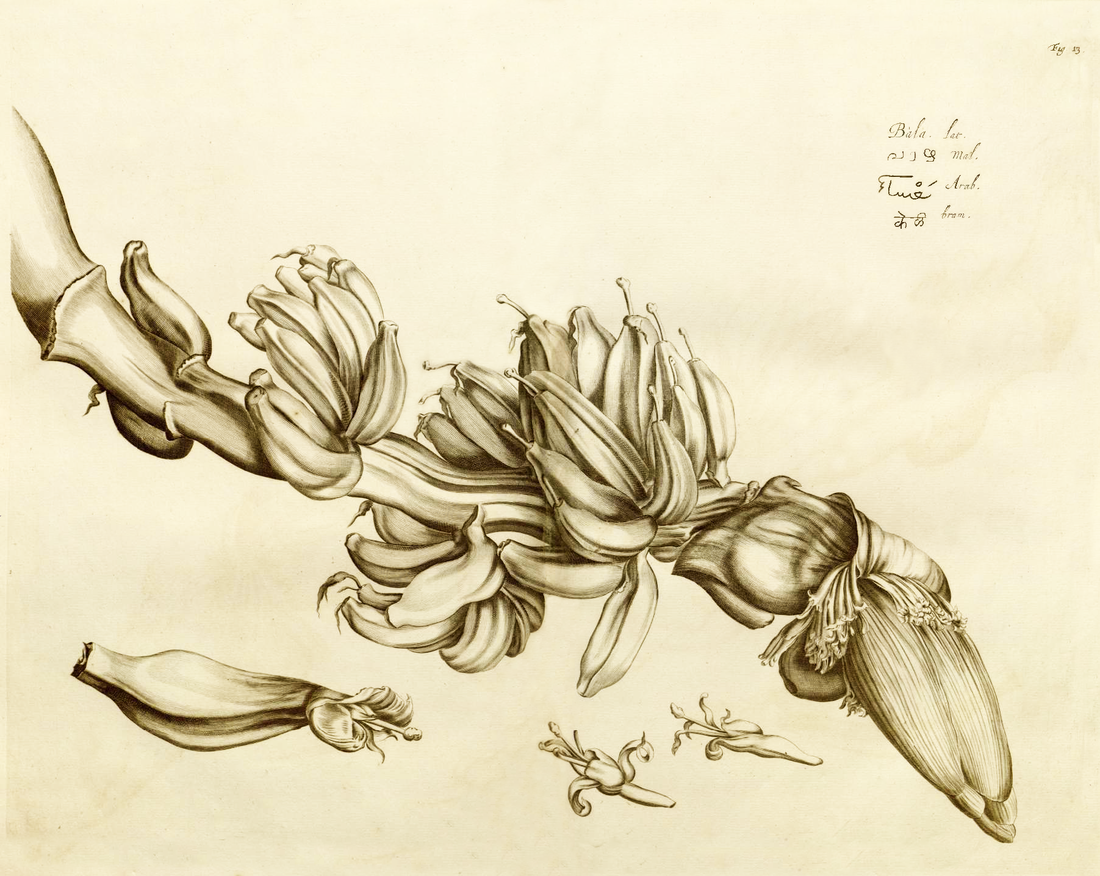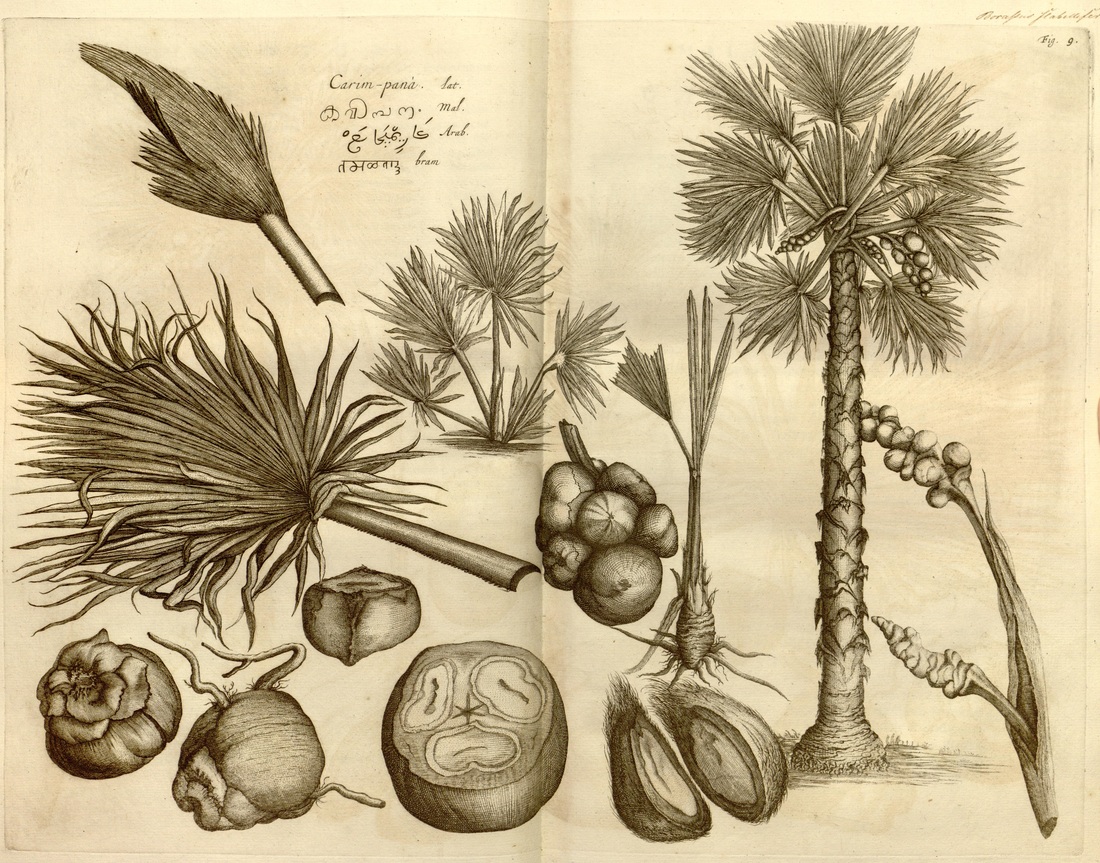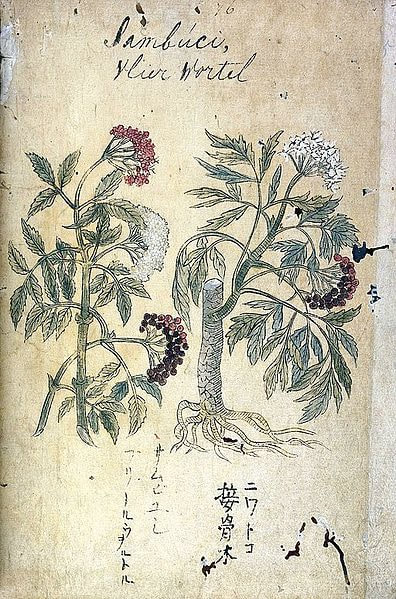- Home
- NEWS
-
HISTORY
- What is Botanical Art?
- What is Botanical Illustration?
- Botanical Art History Books >
- Herbals
- Florilegia and Flora
- Patrons of Botanical Art >
- Past Masters - Botanical Art and Illustration >
- Famous Asian Botanical Artists (600-1900)
- 20th & 21st Century Botanical Artists >
- Botanical Photographers
- Botanical and Herbal Art Online
-
ARTISTS
- Botanical Artists in the UK
- Botanical Artists in North America
- Botanical Artists in Europe
- Botanical Artists in Australia and New Zealand
- Botanical Artists in Asia
- Botanical Artists in Africa
- Botanical Artists in Latin America
- Botanical Printmakers, Photographers, Sculptors et al
- The Jill Smythies Award
- Botanical Artists on Facebook
- Botanical Art Blogs
-
Exhibitions
- Calls for Entries - OPEN exhibitions
- Online Exhibitions >
- RHS Botanical Art & Photography Shows >
- The Shirley Sherwood Gallery of Botanical Art >
- Hunt International Exhibition of Botanical Art & Illustration
-
UK
>
- North America >
- Europe >
- Australasia >
- Asia >
- Africa
- ARCHIVE: World Wide Exhibition of Botanical Art 2018
-
Education
- NEW BOOKS about Botanical Art and Illustration >
-
Best Botanical Art Instruction Books
>
- Tips and Techniques >
- Botanical Art Video Tips >
- Online Botanical Art Instruction >
- International Directory: Botanical Art Teachers
- International Directory of Botanical Art Courses >
- Artist Residencies, Scholarships and Bursaries
- Diplomas and Certificates >
- Distance Learning Courses
- Talks, Lectures & Tours
- Botanical Education on Facebook
- Materials
- Groups
-
Botany
- Why botany matters to artists
- Botany Books for artists >
- Scientific botanical illustration
- Plant Forms and Anatomy
- Plant Evolution and Taxonomy
- Plant Names and Botanical Latin
- Botanical Dictionaries
- How to Identify Plants
- Recording a Plant / Sketchbooks >
- Botanic Gardens & Herbaria >
- Blogs about Plants and Flowers
- Contact
A Herbal is a book about plants and their properties and preceded botanical art.
Some Herbals were illustrated - this page is about Illustrated Herbals
|
This page covers:
|
Herbals provide some of the earliest records of drawings and paintings of plants - although not all Herbals included illustrations.
Herbals were originally used in relation to early attempts at medication and the need to identify a specific plant. They included descriptions and what medicinal use a plant has in terms of preparations, such as medicines and ointments, which can be made from it. Some herbals included illustrations of what a plant looks like in order to aid identification. the illustrated Herbal (is) one of the rare types of manuscript with an almost continuous line of descent from the time of the Ancient Greeks to the end of the middle ages |
What is a Herbal?
There have been various definitions of a Herbal which, in part, depend on the interests of those studying them. Below are some of the definitions by some of the more illustrious scholars.
What is a herbal? |
What’s a herbal? |
What is a herbal? |
What is a Herbal? |
REFERENCE:
- A well-used book: marginalia and manuscript notes in an early 16th century herbal | Special Collections and Archives / Casgliadau Arbennig ac Archifau | Cardiff University
Images in Herbals
The earliest flower drawings were for the most part made to assist the searcher after herbs and simples. Realism was required and to a surprising degree achieved... the illuminations provided for herbals nearly two thousand years af]go were highly naturalistic
Wilfrid Blunt The Art of Botanical Illustration (Chapter 1)
|
The history of Herbals has seen attempts to make each being better than the last while all owe a huge debt, not to mention content, to those which have gone before.
This page focuses on those Herbals which include illustrations of note, while at the same time providing some context in terms of very notable Herbals which have limited or an unknown number of images. It seems inconceivable now that Herbals would only include descriptions of plants in order to identify them - particularly in a world which had no agreed system for how plants should be described. However the scope for including illustrations was very limited in terms of reproduction. |
Initially all images were painted and therefore unique. However they were sometimes copied
Block printing - using wood blocks - permitted limited reproduction of images. As printing became established, painted images from earlier books were then drawn (or redrawn) onto wood to create woodcut prints. Illustrated Herbals - ones with more than a few images - begin to emerge and become more significant after the invention of the printing press in the middle of the 15th century. However the earliest printed Herbals were copies of manuscript texts which did not have images. |
NOTES:
1) This is a VERY BIG topic. Consequently this page will grow over time as more information about to Herbals is added to it.
2) Listed under the different herbals are references to where you can see digitised versions of the Herbals Online. It's possible to download the versions available on Botanicus.
1) This is a VERY BIG topic. Consequently this page will grow over time as more information about to Herbals is added to it.
2) Listed under the different herbals are references to where you can see digitised versions of the Herbals Online. It's possible to download the versions available on Botanicus.
The Illustrated Herbal by Wilfred Blunt and Sandra Raphael
HIGHLY RECOMMENDED for those who want to learn more about the history of the illustrated Herbals.
It contains excellent images and impeccable credits and references.
It contains excellent images and impeccable credits and references.
The Illustrated Herbal is an attractive introduction both in text and illustrations to a range of little-known but historically important works from which both modern botany and modern pharmacology have evolved.
William Stearn - review in Biological Journal of the Linnean Society, Nov//Dec. 1980
|
The book provides in-depth coverage of the development of the herbal and includes excellent illustrations of a number of them and the plants considered to be of medicinal interest.
It traces their development from early hand-decorated manuscripts and medieval woodcuts to the metal engravings and botanical prints of the early 18th and 19th centuries. This guide has been revised and updated to take into account the latest discoveries and developments. |
Hardcover: 191 pages
Publishers:
BUY THIS BOOK
The Illustrated Herbal
The Illustrated Herbal (Manuscripts)
|
Herbals: General Resources
"botanical works were originally handmaidens to science, and monks drew herbals for medicinal purposes"
Portrait of a Plant, New York Times (1997)
Exhibitions about Herbals
Online Exhibitions of Herbals
Articles about Herbals
|
HERBALS OF THE ANCIENT WORLD
China
Shénnóng Běn Cǎo Jīng (神农本草经, Shennong's Materia Medica) c.2800 BC
|
Shénnóng Běn Cǎo Jīng (神农本草经, Shennong's Materia Medica) is considered as the oldest book on Chinese herbal medicine. This was produced by the mythical Emperor Shennong, the founder of Chinese herbal medicine who is thought to have lived around 2,800 BC.
However facts are sparse, most of the information about how the book came about relates to myth and legend. It's possible the book is a compilation of oral traditions developed over time. It is also known as The Divine Farmer's Materia Medica The book classifies 365 species of roots, grass, woods, furs, animals and stones into three volumes/categories of herbal medicine. These are:
|
It also introduced the notion that plant substances have five flavours: sour, sweet, salty, bitter and acrid; four conditions - cold, hot, warm and cook and are either toxic or non-toxic.
Images appear to have been added over time but are unlikely to have been associated with its original production. REFERENCE:
|
Other First Herbals
|
The Egyptians, Arabs and the people of the Graeco-Roman empire all produced Herbals.
|
The History of Herbalism | Wikipedia
|
Ancient Rome
Naturalis Historia (c. 77–79 CE)
|
Pliny's Naturalis Historia is written in Latin and is both:
Botany is covered in Books XII to XVIII. One of the main sources is Theophrastus Pliny the Elder b. Gaius Plinius Secundus, AD 23 (Como) – AD 79 (Pompeii) was a Roman Author and a naval commander. He enjoyed investigating natural and geographic phenomena in the field. Reference:
|
Ancient Greece
De Materia Medica of Dioscorides (c.50-70AD)
|
One of the earliest known Herbals is De Materia Medica by Dioscorides.
This book influenced very many of the herbals which came afterwards and was widely read for over 1,500 years. About the author - Discorides Pedanius Dioscorides c. 40 – 90 AD was a Greek physician, pharmacologist and botanist. He became became a surgeon to Emperor Nero's Roman Army and travelled with it across Western Europe Italy, France and Spain) and North Africa. His travels afforded him the opportunity to study the features, distribution, and medicinal properties of many plants and minerals. He collected and researched plants that he found on his travels, looking in particular for their medicinal value. (One can only guess he used Roman soldiers as his guinea pigs!) |
This pharmacopeia remained the standard medical text until the 17th century, undergoing many revisions and additions and greatly influencing both Western and Islamic cultures. It describes animal derivatives and minerals used therapeutically but is most important for the description of over 600 plants, including notes on their habitat and the methods of preparation and medicinal use of the drugs they contain. |
|
The "Vienna Discorides"
The “Vienna Dioscorides” is considered to be the oldest manuscript version of the original book. Its correct name is the Juliana Anicia Codex (ca. 512 A.D.) and it can be found in the Austrian National Library in Vienna. It's not clear whether the original manuscript by Discorides (which has never been found) ever had any illustrations. However the Vienna Dioscorides does have illustrations and 383 out of the original 435 illustrations are full-page illustrations of plants Translation to "De Materia Medica" The original text written by Dioscorides was written in Greek. De Materia Medica was a hugely influential book because of the Medieval translations that were made into Greek, Latin and Arabic and copies (by hand) that were made. The Dioscorides was originally written in five books which were published around the year 77 AD. It deals with approximately 1,000 simple drugs. In the 16th century, the text was translated into Italian, German, Spanish and French Finally, in 1655, it was translated into English. Images
Blunt indicates that there is a good copy of the illustrations in the Cambridge University Library dating back to c.1600. A volume called "Botanicum antiquum" comprises a series of coloured drawings of plants and (at the end) a few reptiles and insects, with their names in Hebrew, Greek, Arabic, and, in some cases, Turkish. The versos of the pages are blank and there is no text, remarks or a commentary.
|
REFERENCE:
|
This is a video by the Aboca Museum = in Italian with English subtitles
EUROPEAN HERBALS OF THE MEDIEVAL WORLD
Medieval is the term used to describe the Middle Ages. The Middle Ages are generally defined as the period in European history from about AD 600 to AD 1500 - or the period between the 7th and the 15th centuries (inclusive).
EUROPEAN HERBALS OF THE EARLY MIDDLE AGES
(6th - 10th centuries)
These Herbals cover the period between 500 and 1000AD.
The Herbal of Pseudo-Apuleius (Circa 550 – 625)
the first illustrated book devoted to plants and flowers and their medicinal uses, and its illustrations were the first prints that reproduced ancient works of art. An ancient illuminated manuscript of a herbal was discovered in the monastery at Monte Cassino.
An 11th century version of it is held by the Bodleian Libraries, University of Oxford Eton College has a 12th century copy. REFERENCE:
|
EUROPEAN HERBALS OF THE LATE MIDDLE AGES
(14th - 15th centuries)
This section covers the period from 1301 to 1500
Liber de simplicibus (First edition 1410)
|
Compiled by Benedetto Rinio an Italian Herbalist. It was written in Latin and first published in Venice in 1410. It contained 440 illustrations by a Venetian artist called Andrea Amadio about which very little is known.
The book discussed 450 domestic and 111 foreign varieties of herb, and included each plant's name in Latin, Greek, German, Arabic, several dialects of Italian, and Slavonic. REFERENCE:
...no corpus of illustrations of plants of comparable merit to the Codex Vindobonensis is found until Andrea Amadio made his exquisite drawings for Benedetto Rinon in 1419 |
Gart der Gesundheit (First edition 1484)
|
The Hortus Sanitatis (First edition 1491)
|
The Hortus Sanitatis, sometimes known as the Ortus Sanitatis (the origin of health) is in the tradition of the medieval herbals. It's thought to be stem from Der Gart der Gesundheit (Garden of Health). Apparently many of the entries are 'fantastical' and the plants do not exist. Many editions were produced in the 15th and 16th centuries and it was also translated into It was translated, in its entirety or in part, into French, English, German and Dutch.
|
HERBALS OF THE EARLY MODERN ERA
This period relates to Herbals produced in the 16th and 17th centuries
Pharmaceutical science improved markedly in the 16th and 17th centuries. In 1546 the first pharmacopoeia, or collected list of drugs and medicinal chemicals with directions for making pharmaceutical preparations, appeared in Nürnberg, Germany.
Pharmaceutical industry | Encyclopedia Britannica
The Herbal in Germany
The German Fathers of Botany
|
The Three German fathers of Botany are: Otto Brunfels (c. 1489-1534), Hieronymus Bock (1498-1554) and Leonhart Fuchs (1501-1566). You can see the three Herbals they are associated with in the middle column.
|
Herbarum vivae eicones
|
Otto Brunfels is the author of Herbarum vivae eicones, written in Latin and printed by Johann Schott, Strassburg, 1530. This Herbal about medicinal plants and herbs is important for two reasons:
|
Kreütterbuch darin unterscheidt Nammen und Würckung der Kreütter (Herbal)
|
Bock's herbal of 1539 was not illustrated but later editions were.
|
De historia stirpium commentarii insignes
|
De historia stirpium commentarii insignes by Leonhart Fuchs was published in Basel in 1542. The Herbal was illustrated - using woodcuts in 1552. Unusually for the time, full recognition was given to the three artists involved in producing the work. Such was their importance that their group portrait is included at the end of the book. Fuchs employed three professional artists to help him by producing illustrations.
Carefully observed, the illustrations are largely true to nature and allow for plant identifcation. According to Meyer, the illustrations ‘command universal recognition and praise for their simple elegance and naturalness of form, traits that place this herbal among the landmarks of the history of botanical iconography’. |
The Herbal in Italy, Portugal and Spain
Discorsi ("Commentaries") on the Materia Medica of Dioscorides - Herbár and New Kreuterbeuch
Pietro Andrea Mattioli provided an Italian commentary of the Materia Medica of Dioscorides and also provided details of new plants.
Its title was Di Pedacio Dioscoride Anazarbeo Libri cinque Della historia, et materia medicinale tradotti in lingua volgare italiana da M. Pietro Andrea Matthiolo Sanese Medico, con amplissimi discorsi, et comenti, et dottissime annotationi, et censure del medesimo interprete, also known as Discorsi. It was published in Venice in 1544
Its title was Di Pedacio Dioscoride Anazarbeo Libri cinque Della historia, et materia medicinale tradotti in lingua volgare italiana da M. Pietro Andrea Matthiolo Sanese Medico, con amplissimi discorsi, et comenti, et dottissime annotationi, et censure del medesimo interprete, also known as Discorsi. It was published in Venice in 1544
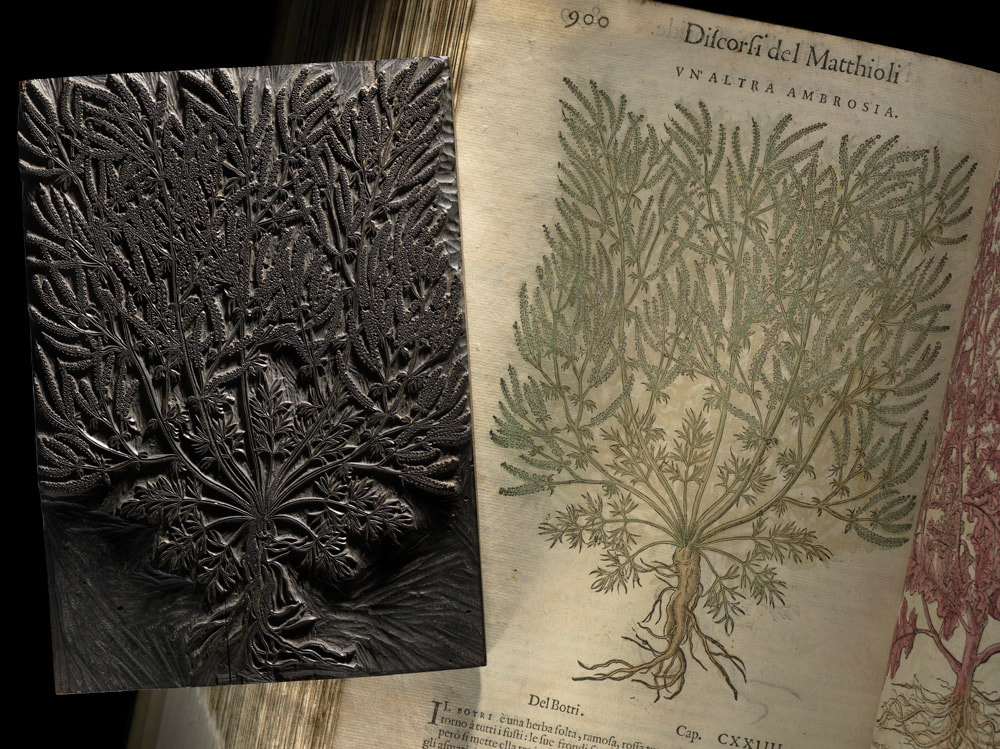
1 woodblock : pear wood ; 22 x 16 x 3 cm. Note One of a series of woodblocks designed by Giorgio Liberale and cut by Wolfgang Meyerpeck for Pietro Andrea Mattioli's Herbár and New Kreuterbeuch (Prague, 1562, 1563) and Commentarii in sex libros Pedacii Dioscoridis Anarzabei de Medica materia (Venice, 1565 and later editions).
Woodblock shows Ambrosia altera, also known as Artemisia maritima or Sea wormwood
|
He is said to have described he described 100 new plants and coordinated the medical botany of his time in his Discorsi ("Commentaries") on the Materia Medica of Dioscorides.
The first folio edition with large woodcut illustrations (and Czech text) was published in Prague in 1562. There were various translations into German (1563), Latin (1564) and Italian and 45 editions/prints in all. Many of his comments on the text of Discorides are extremely lengthy. The artists used for the woodcuts were:
It's thought that Liberale was the draughtsman and Meyerpeck the engraver. The latter used wood blocks for engraving made out of pear wood. These are large illustrations and Blunt notes that shading is extensively employed. Some of the early copies of the book were also coloured (see above image). Blunt considers that the book works better in black and white. The illustrations confine themselves to the rectangular wood block which sometimes makes the portrayal of the plant equally rectangular. REFERENCE:
|
THE OLD ENGLISH HERBALS
RECOMMENDED READ: The Old English Herbals by Eleonor Sinclair Rohde as a digitised book on Project Gutenberg.
In the UK, regulations relating to medicinal products were introduced in the reign of King Henry VIII (1491–1547). The London Pharmacopoeia was published in 1618 and was the first list of approved drugs, with information on how they should be prepared.
English Medieval Herbals
Rycharde Banckes Herbal (1525)
The first Herbal printed in England was a Herbal printed by Richard Banks in London in 1525. It had no illustrations.
Here begynneth a newe mater, the whiche sheweth and treateth of ye vertues and proprytes of herbes, the whiche is called an Herball.
...Imprynted by me Rycharde Banckes, dwellynge in London, a lytel fro ye Stockes in ye Pultry.
The Grete Herball (1529)
The grete herball : whiche gyueth parfyt knowlege and vnderstandyng of all maner of herbes [and] theyr gracyous vertues whiche god hath ordeyned for our prosperous welfare and helth, for they hele [and] cure all maner of dyseases and sekenesses that fall or mysfortune to all maner of creatures of god created practysed by many expert and wyse maysters, as Auicenna [and] other. [et]c. Also it gyueth parfyte vnderstandynge of the booke lately prynted by me (Peter treueris) named the noble experie[n]ce of vertuous handwarke of surgery.
|
The Grete Herball is a very rare book and the very first illustrated Herbal in English. It is a single printed volume which is an illustrated encyclopaedia of the properties of plants.
It contains 477 woodcuts. As with many herbals the content is borrowed from other books.
It is a very rare book. Only three complete and perfect copies of the first edition are known, in addition to several incomplete copies and fragments. First Edition (1526): There are three complete copies in the USA. The Yale Medical Library and the Marshall Collection have incomplete copies. The Metropolitan Museum of Art has a made-up copy - assembled from different sources. Second Edition (1529): Cambridge University has a copy of very rare second edition of the Grete Herball in its Special Plant Science Collection of Books. The book was printed in Southwark by Peter Treveris on 17 March 1529 According to Christies, only one complete copy (sold Sotheby's New York 11 December 2008) has sold at auction in the past 30 years. |
REFERENCES:
- The Grete Herball | Wikipedia
- Peter Treveris’ Grete herball of 1529 | Cambridge University Library Special Collections
- 1526: The Grete Herball: a tendril of ancient herbal traditions reaching into 16th century England | Wild Arum
- Photos of the Grete Herball on Flickr | OU History of Science Collection
The Herball or Generall Historie of Plantes. London, 1633 by John Gerard (1545-1612)
|
John Gerard (b. 1545 at Nantwich, Cheshire) was a botanist and herbalist who lived in Holborn, London in the 16th century. He had a garden which contained over a 1,000 plants in what is now Fetter Lane.
See Old Botanic Gardens in London in the Gardens section His claim to fame in the history of botanical art is as follows"
In 1596 Gerard published a catalogue of twenty-four pages of the plants in this garden—the first complete catalogue of the plants in any garden, public or private. Gerard's Herbal is not unique. It's very largely an English translation of Rembert Dodoens's Herbal of 1554 with the addition of plants from Gerard's own garden. It contains some 1800 illustrations, most of them taken from the same wood-blocks that Tabernæmontanus (Bergzabern) used for his Eicones(1590). There were major rows associated with its publication and linked to accusations of plagiarism. It seems clear that Gerard wanted the Herball to be thought of as a new book when clearly it wasn't as such. Formerly it was generally supposed that Gerard’s garden was on the northern side of Holborn, but this is unlikely, for during the latter part of Elizabeth’s reign the part which is now known as Ely Place and Hatton Garden was an estate of forty acres belonging to the Bishopric of Ely. Holborn was almost a village then, and Gerard tells us in his Herball that in Gray’s Inn Lane he gathered mallow, shepherd’s purse, sweet woodruff, bugle and Paul’s betony, and in the meadows near red-flowered clary, white saxifrage, the sad-coloured rocket, yarrow, lesser hawkweed and the curious strawberry-headed trefoil. Wallflower and golden stonecrop grew on the houses. |
READ:
REFERENCE:
|
Theatrum Botanicum (the Theatre of Plants or An Universal and Compleat Herball) 1640 by John Parkinson
|
Theatricum Botanicum was the most complete and beautifully presented English treatise on plants of its time.
It was created by John Parkinson (1567-1650) , who has been variously described as:
He published the monumental Theatrum Botanicum (The Botanical Theatre or Theatre of Plants) age 73 in 1640. It measures 34.5 x 10.5 cm x ?cm. It includes
REFERENCE: ONLINE VERSIONS: |
The English Physician by Nichola Culpepper a.k.a as Culpeper's Complete Herbal
|
The English Physician was first published in 1652. It was deliberately written in vernacular English and sold cheaply to make it accessible to the masses. It was later titled "The Complete Herbal" and is now referred to as Culpeper's Complete Herbal. Over forty editions of Culpeper’s The English Physician have been printed since its original publication.
The book had to wait until 1789 before it acquired illustrations. Dr Ebenezer Sibley (1751-1800) added engravings of plants. In 1789, the book was enlarged in size and first described as a "complete herball". An underlying story relates to his disputes with and challenges to the College of Surgeons His book A Physical Directory, or a Translation of the London Directory (1649) was a translation of the Pharmacopoeia Londonesis of the Royal College of Physicians Nicholas Culpeper’s "A Physicall Directory" (1649), which was a pseudoscientific pharmacopoeia
Herbal | Encyclopedia Britannica |
REFERENCE:
|
A Curious Herbal (1737) by Elizabeth Blackwell
|
The story of Elizabeth Blackwell's 'A Curious Herbal' is unique. She was the first British woman to produce a herbal and the first woman to engrave as well as draw plants. She also created it between 1737-1739 to raise enough funds to release her husband from debtors' prison. The original Herbal was issued in weekly parts - containing four plates and associated text.
A curious herbal, containing five hundred cuts, of the most useful plants, which are now used in the practice of physick : engraved on folio copper plates, after drawings taken from the life. |
READ:
- Read a complete digitised and large version of A Curious Herbal - containing 500 cutsl on Botanicus. (The original source was contributed by Missouri Botanical Garden)
- View the British Library's Virtual Book of Elizabeth Blackwell's 'A Curious Herbal' . This has 42 plates on view and includes image and commentary by the British Library. The original source belonged to King George III and is now looked after by the British Library,
- Images from A Curious Herbal | Wikimedia Commons
HERBALS OF THE NEW WORLD
|
These are herbals connected to the colonisation of the Americas by the Spaniards, Portuguese and English either in terms of:
|
REFERENCE:
World Trade in Medicinal Plants from Spanish America, 1717–1815 Stefanie Gänger | US National Library of Medicine |
Libellus de Medicinalibus Indorum Herbis 1552
(a.k.a. "the Aztec Herbal"; the Badianus Manuscript or the Codex Barberini (de la Cruz 2000),
|
This is the oldest known herbal which originated from the Americas - but is of unknown age. The "Little Book of the Medicinal Herbs of the Indians" is an Aztec herbal manuscript.
The indigenous populations of the Americas had already developed very considerable botanical and medical knowledge by the time they were 'discovered' by Europeans. The gardens of the Aztec Emperor Montezuma also had "many varieties of flowers and sweet-scented trees” and included a special section for herbs. The Herbal was translated - in 1552 - into Latin for the son of the the Viceroy of "New Spain" (which covered Mexico, Central America, much of the Southwestern and Central United States, the Spanish West Indies and Spanish Florida). The Maya Society of Baltimore, Maryland published a colour version of the herbal in 1939. |
Historia medicinal de las cosas que se traen de nuestras Indias Occidentales
("Medical study of the products imported from our West Indian possessions")
|
Historia medicinal de las cosas que se traen de nuestras Indias Occidentales was published in three parts under varying titles (in 1565, 1569 and completed in 1574; unchanged reprint in 1580).
This is a survey by Nicolás Monardes (1493–1588) of plants and medicines brought from the West Indies to Spain. Monardes was a Spanish physician and botanist. In 1577 a version of the book translated into English by John Frampton was published titled Ioyfull newes out of the newe founde worlde, wherein is declared the rare and singular vertues of diuerse and sundrie hearbes, trees, oyles, plantes, and stones, with their applications, as well for phisicke as chirurgerie. John Frampton was a 16th-century English merchant from the West Country, who settled in Spain, was imprisoned and tortured by the Inquisition, and escaped from Cádiz in 1567. He became a translator from Spanish. The book is notable for:
|
REFERENCE
- Nicolás Monardes | Wikipedia
- Historia medicinal de las cosas que se traen de nuestras Indias Occidentales | Wikipedia
- Joyfull news out of the Newe Founde Worlde : London, 1577 [Translated into English by John Frampton]
- Two pioneers of tropical medicine: Garcia d'Orta and Nicolás Monardes by Boxer, C. R. (1963), London: Wellcome Historical Medical Library
- Media in category "Ioyfullnewes out of the new-found uuorlde" | Wikimedia Commons
ASIAN HERBALS
Herbals in India
Hortus Malabaricus (meaning "Garden of Malabar") 1678-1693
|
This book covers the medicinal properties of plants in Kerala in India.
The project took nearly 30 years to complete. It was published in Amsterdam between 1678 and 1693. It has 12 volumes covering 742 plants. Each of the volumes contains about 200 pages. Altogether there are 794 copper plate engravings. |
Herbals in Japan
|
REFERENCE:
|
|
NEXT:
|
MORE:
Past Masters - plus individual pages for leading botanical artists of the past (see below)
|
Resources about Botanical Art and For Botanical Artists
ABOUT: About the Author | Contact | Testimonials | Privacy Policy COPYRIGHT 2015-22: Katherine Tyrrell all rights reserved.
|
NEWS
News Blog about artists, awards, exhibitions etc. |
EXHIBITIONS
- Calls for Entries - Exhibitions around the world - Online Exhibitions - RHS Exhibitions - Hunt Exhibitions ORGANISATIONS
- Botanical Art Societies - national / regional / local - Florilegium & Groups - Botanical Art Groups on Facebook |
EDUCATION
- Tips and Techniques - Best Botanical Art Instruction Books - Directory of Teachers - Directory of Courses - Online Botanical Art Courses - Diplomas and Certificates - Talks, Lectures and Tours ART MATERIALS (Paper / Vellum) BOTANY FOR ARTISTS - Scientific Botanical Illustration - Best Botany Books for Artists - Plant Names & Botanical Latin BOTANIC GARDENS & Herbaria |
FEEDBACK
Please send me . - news to share - info. about exhibitions - any suggestions for what you'd like to see on this website ADVERTISE Contact me if you'd like to promote workshops and courses on this site. AFFILIATION This website is free to you but not for me! (See Affiliate Income below) |
|
Cookies, Personal Data & Privacy tells you how this site relates to and impacts on you and your privacy - and your choices.
Product & company names may be trademarks of their respective owners |
About Affiliate Income: This website has been created to share information not to make a profit. I am an Amazon Associate and earn from qualifying purchases (e.g. books from Amazon) which helps offset costs associated with maintaining this very large website.
|
- Home
- NEWS
-
HISTORY
- What is Botanical Art?
- What is Botanical Illustration?
- Botanical Art History Books >
- Herbals
- Florilegia and Flora
- Patrons of Botanical Art >
- Past Masters - Botanical Art and Illustration >
- Famous Asian Botanical Artists (600-1900)
- 20th & 21st Century Botanical Artists >
- Botanical Photographers
- Botanical and Herbal Art Online
-
ARTISTS
- Botanical Artists in the UK
- Botanical Artists in North America
- Botanical Artists in Europe
- Botanical Artists in Australia and New Zealand
- Botanical Artists in Asia
- Botanical Artists in Africa
- Botanical Artists in Latin America
- Botanical Printmakers, Photographers, Sculptors et al
- The Jill Smythies Award
- Botanical Artists on Facebook
- Botanical Art Blogs
-
Exhibitions
- Calls for Entries - OPEN exhibitions
- Online Exhibitions >
- RHS Botanical Art & Photography Shows >
- The Shirley Sherwood Gallery of Botanical Art >
- Hunt International Exhibition of Botanical Art & Illustration
-
UK
>
- North America >
- Europe >
- Australasia >
- Asia >
- Africa
- ARCHIVE: World Wide Exhibition of Botanical Art 2018
-
Education
- NEW BOOKS about Botanical Art and Illustration >
-
Best Botanical Art Instruction Books
>
- Tips and Techniques >
- Botanical Art Video Tips >
- Online Botanical Art Instruction >
- International Directory: Botanical Art Teachers
- International Directory of Botanical Art Courses >
- Artist Residencies, Scholarships and Bursaries
- Diplomas and Certificates >
- Distance Learning Courses
- Talks, Lectures & Tours
- Botanical Education on Facebook
- Materials
- Groups
-
Botany
- Why botany matters to artists
- Botany Books for artists >
- Scientific botanical illustration
- Plant Forms and Anatomy
- Plant Evolution and Taxonomy
- Plant Names and Botanical Latin
- Botanical Dictionaries
- How to Identify Plants
- Recording a Plant / Sketchbooks >
- Botanic Gardens & Herbaria >
- Blogs about Plants and Flowers
- Contact
